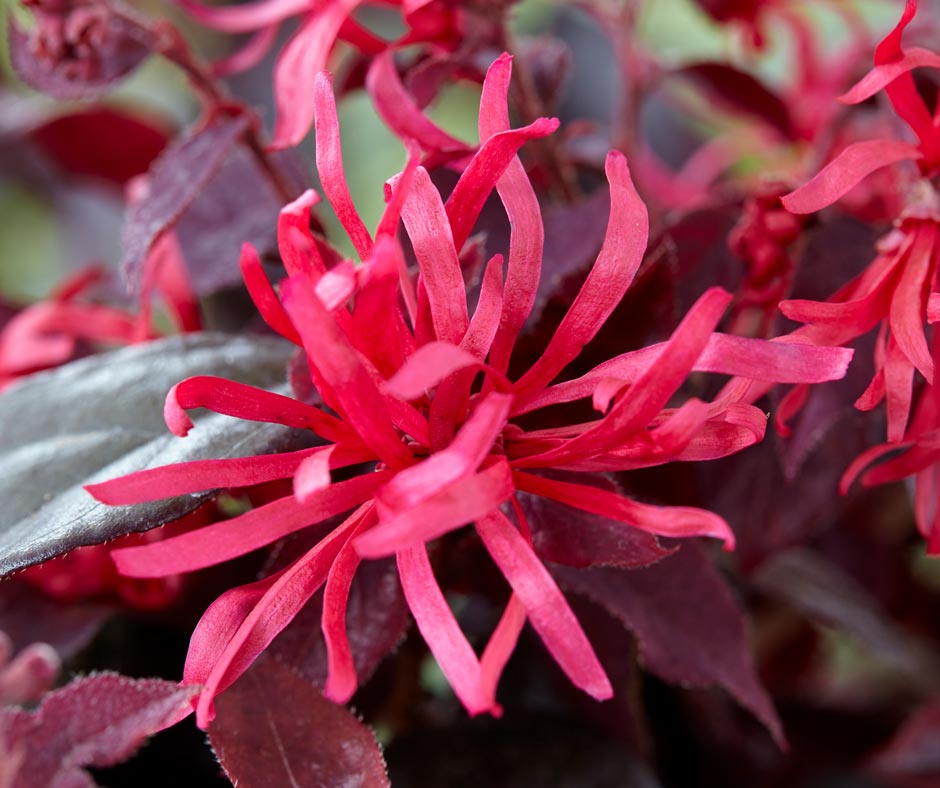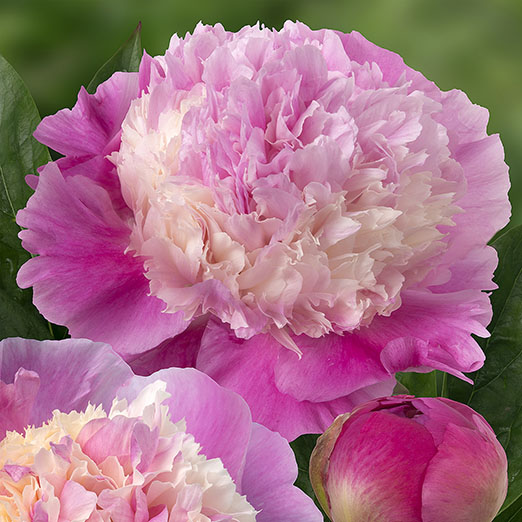Planting Guides - Winter
Planting Guides - Winter

While it may seem counterintuitive to carry out planting during the cold, winter months, for certain plants this can actually be advantageous. There is also an added benefit of reconnecting with the garden at a time of year that often sees us retreating into our homes. A brisk, energetic burst of activity outside makes that afternoon spent curled up by the fire a legitimately well-earned treat! Here are some planting jobs to do when it’s cold outside…
Bare-root plants
Many plants can be found as ‘bare-root’ at this time of year. Plants are grown in open ground and harvested for sale during winter dormancy in order to avoid too much stress to the plant. There are two main benefits in buying bare-root plants. Firstly, they are cost effective in comparison to container-grown equivalents because less input is required from growers, meaning they are able to offer them at lower prices. Secondly, roots which have been free to grow in the ground tend to establish more quickly once they are planted than those which have been restricted in pots.
Make sure that you plant them into soil which is neither waterlogged nor frozen and plant bare-root plants as soon after delivery or purchase as you can. Where this is not possible, plants can be ‘heeled in’ instead, that is planted in a temporary location to prevent the roots drying out.
Fruit trees and bushes, roses and hedging (more on this next) are some of the plants commonly offered in this way for planting during the winter months.

Hedging
Winter is the perfect time of year to turn our attentions to hedging. Stripped of the bluster and padding provided by herbaceous plants during the growing season, we are left with our gardens in their most skeletal of forms. No other time of year provides the same opportunity to contemplate basic layout and structure, whilst also being an opportune moment to act on resulting ideas.
Perhaps the unsightly compost area could be screened off with an evergreen and wildlife friendly hedge of Ilex ‘Golden King’. The use of that path, traversable again after flopped over plants have been cut back, may prompt the addition of a low, clipped hedge of Euonymus japonica ‘Green Spire’ to contain the border next year. Maybe you are suddenly aware of the bright, winter cheer of Cotoneaster lacteus providing structure in neighbouring gardens, and want its glossy, red berries to line your own.
As well as becoming a more noticeable element of the garden in the winter months, hedging can readily be planted now. The very nature of using plants in this way means that they tend to be required in high numbers; an instance in which the economy of buying bare root makes most sense.
There is nothing quite like having a good idea and being able to do something about it straight away. A winter’s day spent thinking ‘hedges’ in your garden can bring about precisely this kind of satisfaction – not only for you and yours – also for the benefit of birds and other wildlife by encouraging them to visit, feast and take shelter.
Bulbs ‘in the green’
Whilst it is true to say that most bulbs should be planted during their dormant period, there are some exceptions. Winter aconites and snowdrops are two examples of bulbs that can be planted during their growing season; a method of planting often referred to as ‘in the green’.
Bulbs such as these are known to establish and flower more quickly when planted ‘in the green’ as opposed to during dormancy, and so it is at this stage that they can most often be offered for sale. For those who already have winter aconites and snowdrops growing in their garden, existing clumps can be lifted, divided and replanted at this time.


Container-grown trees and shrubs
The ideal circumstances in which to plant trees and shrubs are those which enable them to send out roots at a time when they are not having to expend energy into branch and leaf production. It is for these reasons that autumn is heralded as the ideal moment; the soil is still warm enough to encourage root growth, yet the rest of the plant is entering dormancy.
It is worth noting, however, that roots can grow surprisingly well in mild winter conditions, particularly when insulated with a thick layer of mulch. This means that, as long as you have well-draining soil, and your winters can be considered ‘mild’ (ie. not regularly dropping below -5°C), planting trees and shrubs throughout the winter period can bring great success. Simply avoid frozen or particularly wet days – a natural inclination for most of us at this time of year anyway!
One potential issue to remember for newly planted trees and shrubs at this time, is the possibility that they can be loosened and lifted out of their planting holes by both wind and frost - often referred to as ‘wind rock’. If this happens, the roots can dry out – a curious problem to be faced with during winter. Staking will help to avoid this pitfall, though it is also a good idea to do regular visual checks, firming back in with a foot as necessary.


Plants for winter interest
Whilst some gardeners are blessed with the ability to plan several seasons ahead, for many, planting ideas only occur to us when faced with them in all their glory in somebody else’s garden. It may be that you did not know how much you needed the colourful stems of a cornus collection until you saw them outside a neighbour’s house. The lack of scent whilst walking from car to front door may not have bothered you, until experiencing a sarcococca-lined garden path at a friend’s. You might not have missed the fiery hues of witch hazel against a winter sky, until witnessing one ablaze in a local winter garden.
Fortunately, we can help with a bit of instant gratification, offering many of our winter interest plants for sale and planting right through the season.
We hope this has offered some inspiration to get planting in what can seem to be the most inhospitable conditions of the year. And of course, there is always the Christmas tree to lift and replant!





